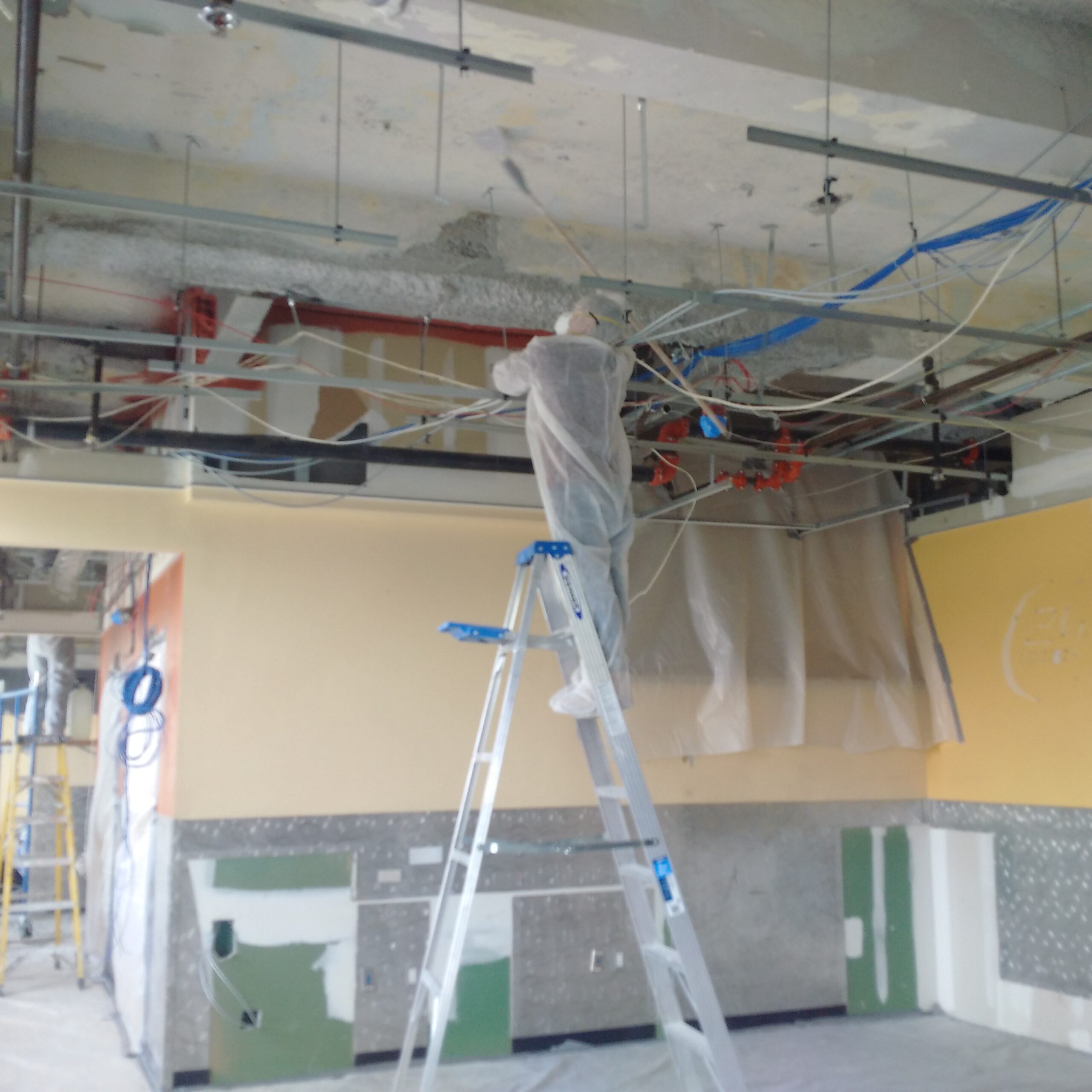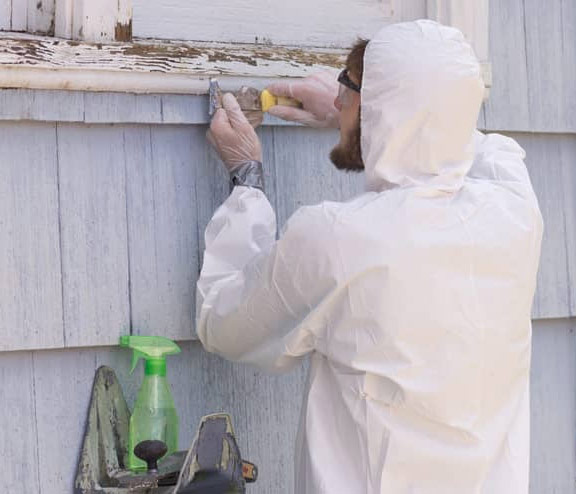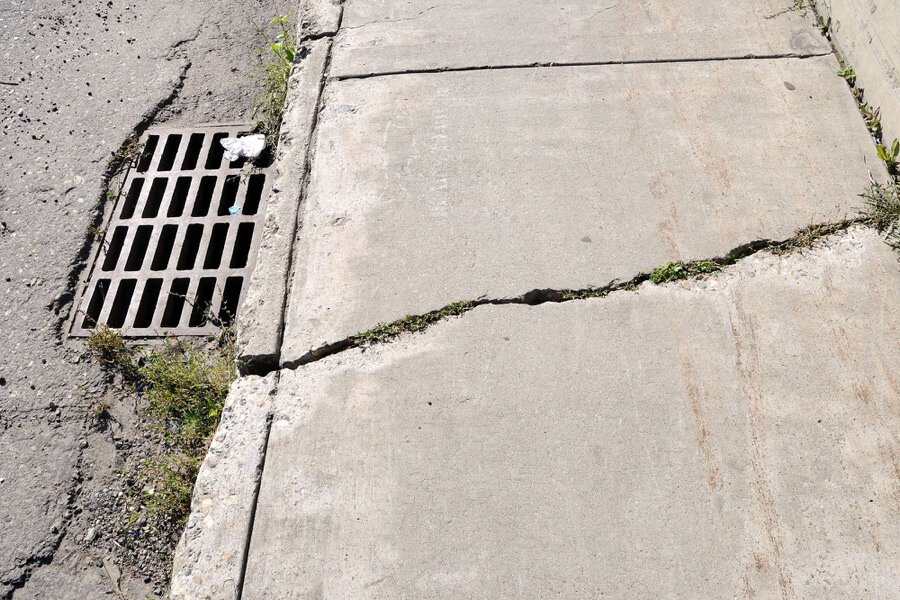Comprehensive Guide on Effective Lead Violation Removal Methods
In the world of ecological safety and security, resolving lead offenses demands a careful and organized method. This thorough overview begins by highlighting the vital initial steps of recognizing lead hazards via advanced assessment and testing approaches. The guide elaborates on the value of sticking to stringent safety procedures during the removal process, consisting of the use of proper PPE and separating influenced areas.
Determining Lead Risks
Identifying lead risks is an important initial step in mitigating the dangers connected with lead direct exposure. Lead, a poisonous metal, can be present in various environmental mediums, including paint, soil, water, and dirt.
The first phase in recognizing lead risks includes recognizing usual lead resources within the built environment. Structures built before 1978 are particularly vulnerable because of the prevalent use lead-based paint during that period. Furthermore, soil contamination can occur from weakening exterior paint, industrial emissions, or historical use leaded fuel.
Another significant resource is lead piping and pipes components, which can leach introduce drinking water. Consumer goods such as playthings, porcelains, and imported items may also include dangerous lead degrees. Significantly, work-related atmospheres and pastimes entailing lead can track contaminants into homes.
Analysis and Screening
When attending to lead dangers, efficient assessment and screening are extremely important. This critical action ensures the recognition and metrology of lead existence, thus assisting succeeding remediation initiatives. Preliminary assessment commonly includes a visual examination to determine potential lead resources, such as weakening paint or infected dirt. This is complemented by even more rigorous screening approaches to ascertain the level of contamination.

Dirt clean sampling is one more crucial strategy, particularly in domestic setups. By collecting examples from floorings, windowsills, and other surfaces, this technique gives insights into prospective direct exposure dangers. Additionally, soil screening around building boundaries is vital to spot lead contamination that might present hazards, particularly to youngsters.
Safe Removal Procedures
Upon completing comprehensive evaluation and testing, carrying out risk-free removal procedures is the next crucial phase in attending to lead dangers. This process guarantees that lead-contaminated materials are efficiently and safely eliminated, reducing danger to both employees and citizens. The initial step entails separating the damaged location making use of plastic bed linen and correct securing methods to stop the spread of lead dust.
Workers should don appropriate personal safety tools (PPE), including respirators, gloves, and non reusable coveralls, to alleviate exposure. Employing specialized devices and wet methods, such as damp sanding or using HEPA-filtered vacuum cleaners, reduces the my response diffusion of lead bits. It is essential to stay clear of completely dry sanding or unpleasant blasting, as these methods can produce damaging lead dirt.
Garbage disposal is another crucial component; all infected materials must be safely bagged and classified according to EPA and local laws. Furthermore, extensive cleansing of the workspace with HEPA vacuums and damp wiping makes sure the elimination of residual lead fragments.
Post-Removal Verification

Verification of effective lead elimination, known as post-removal verification, is imperative to guarantee the security and habitability of the remediated location. This inspection guarantees that all recognized resources of lead have been attended to and that no noticeable indicators of contamination remain.
Following the visual assessment, ecological tasting is performed. This involves gathering dust, dirt, and often water examples from the remediated location. Approved laboratories evaluate these samples to determine lead levels, ensuring they drop listed below the safety thresholds developed by regulative bodies such as the Environmental Security Company (EPA)
On top of that, air quality testing might be done to find air-borne lead bits, particularly in situations where considerable lead-based paint elimination or improvement has actually happened. The results of these tests offer measurable information verifying that the lead levels are within permissible restrictions.
Inevitably, post-removal find this confirmation works as a vital checkpoint, validating the effectiveness of the lead reduction initiatives and protecting the health of occupants and site visitors.
Preventive Actions and Upkeep

A key preventative procedure consists of using lead-safe accredited professionals for any kind of remodelling, fixing, or painting tasks. These professionals are learnt techniques that reduce lead dirt and debris. Furthermore, keeping painted surface areas to prevent breaking or peeling off is vital, as wearing away paint can release lead bits right into the environment.
Educational efforts targeting residential or commercial property proprietors and lessees regarding the risks of lead and the relevance of reporting any prospective threats can further enhance precautionary initiatives. Routine cleaning using HEPA vacuums and damp wiping methods can considerably decrease lead dirt buildup.
Conclusion
In summary, effective lead violation elimination demands a meticulous strategy including extensive assessment, specific screening, and stringent elimination procedures. Ongoing assessments and maintenance are crucial to alleviate future lead you can look here risks, thereby guarding public health and wellness and ensuring continual compliance with regulatory demands.